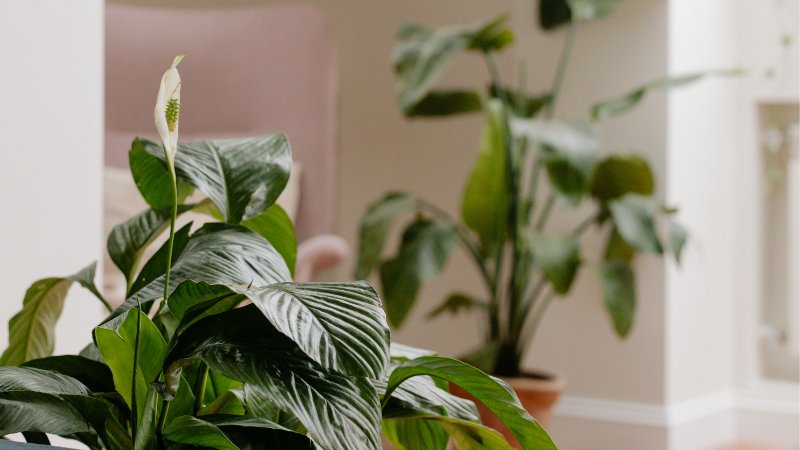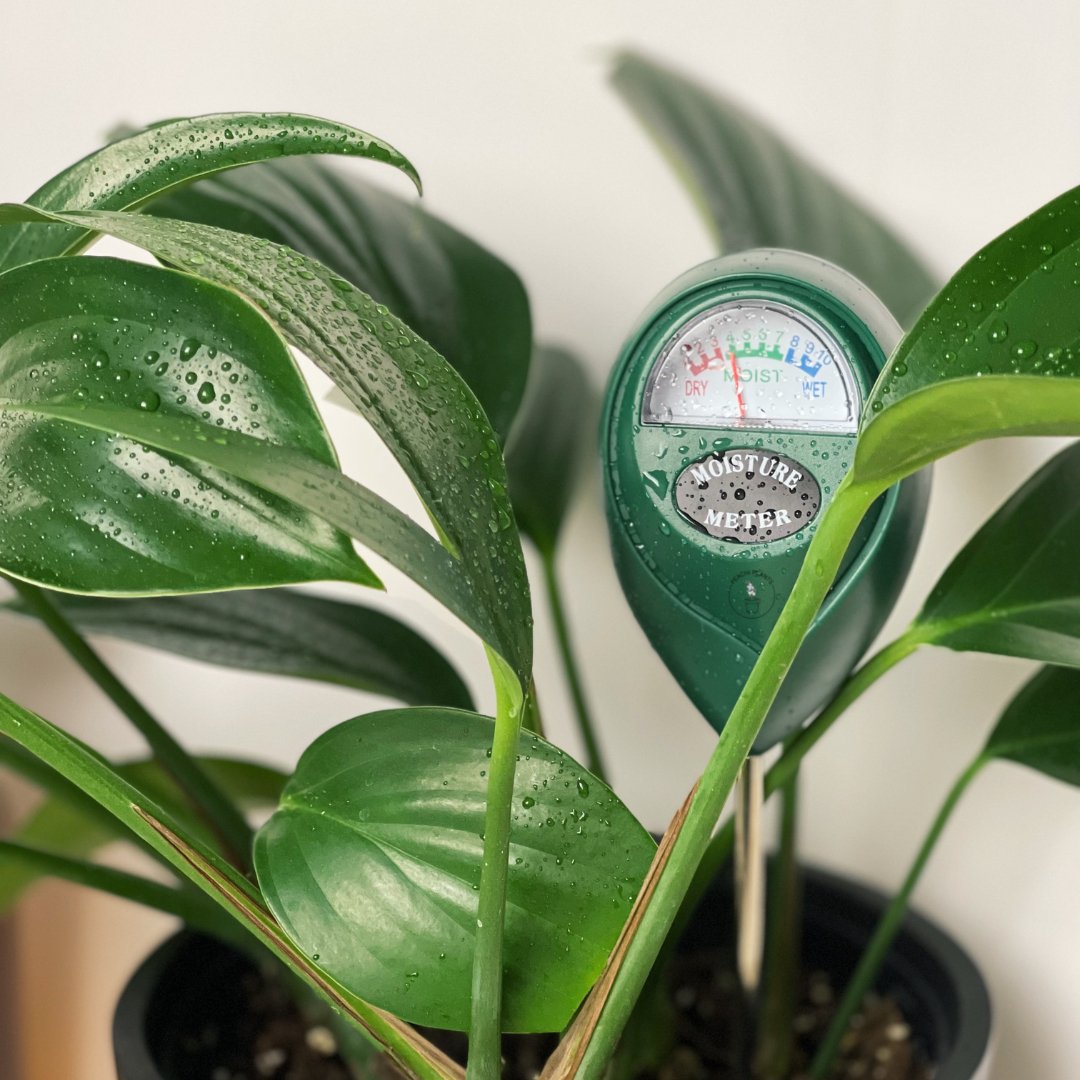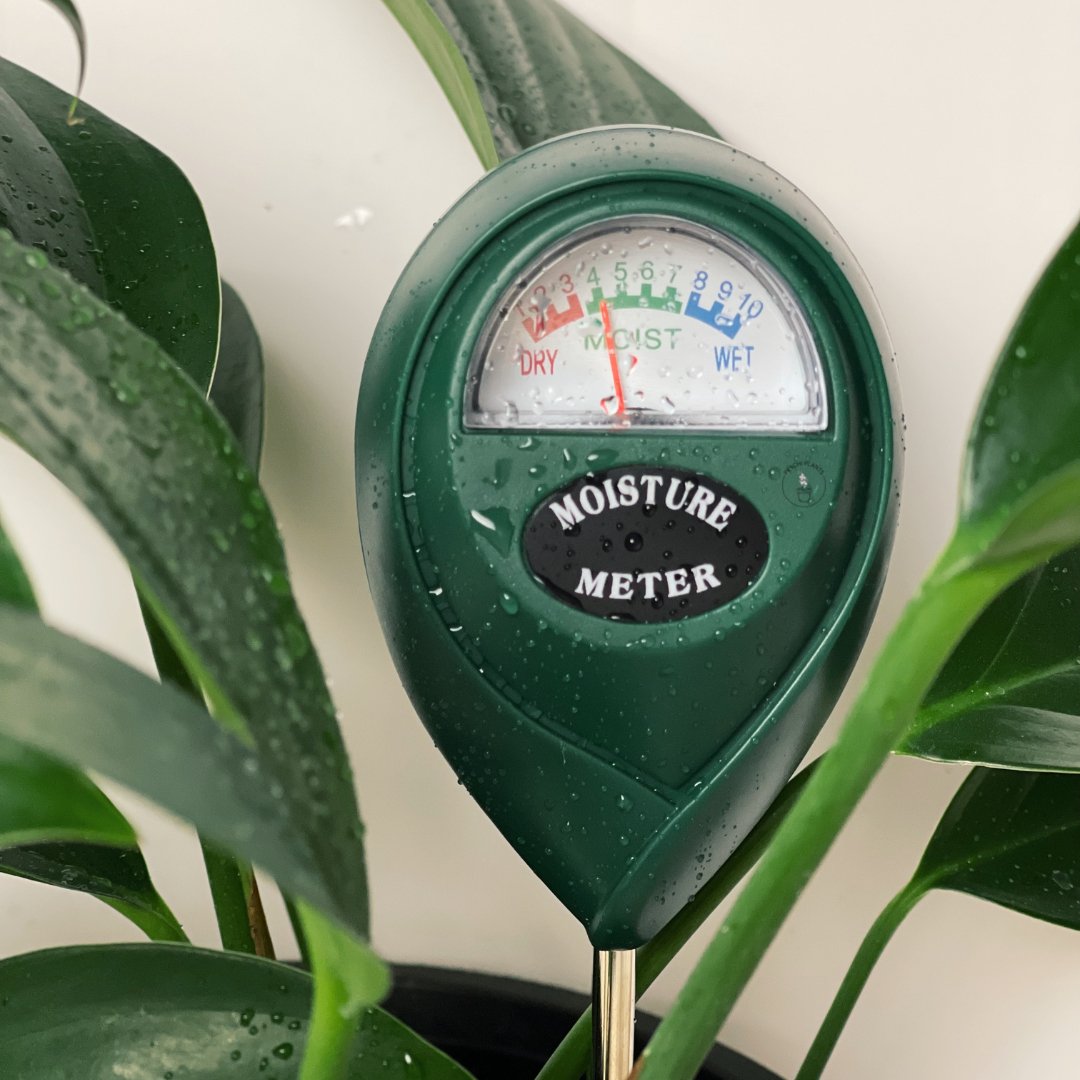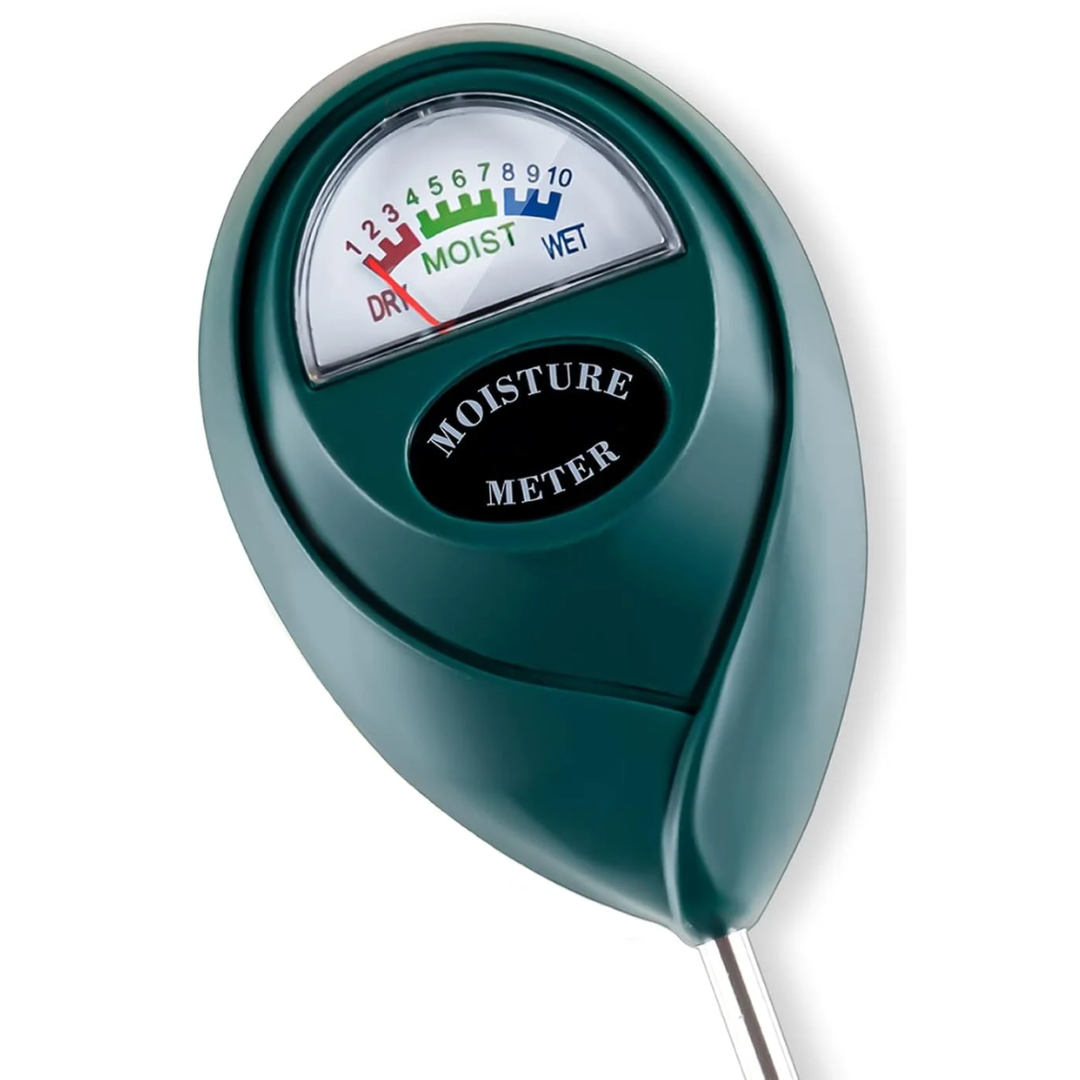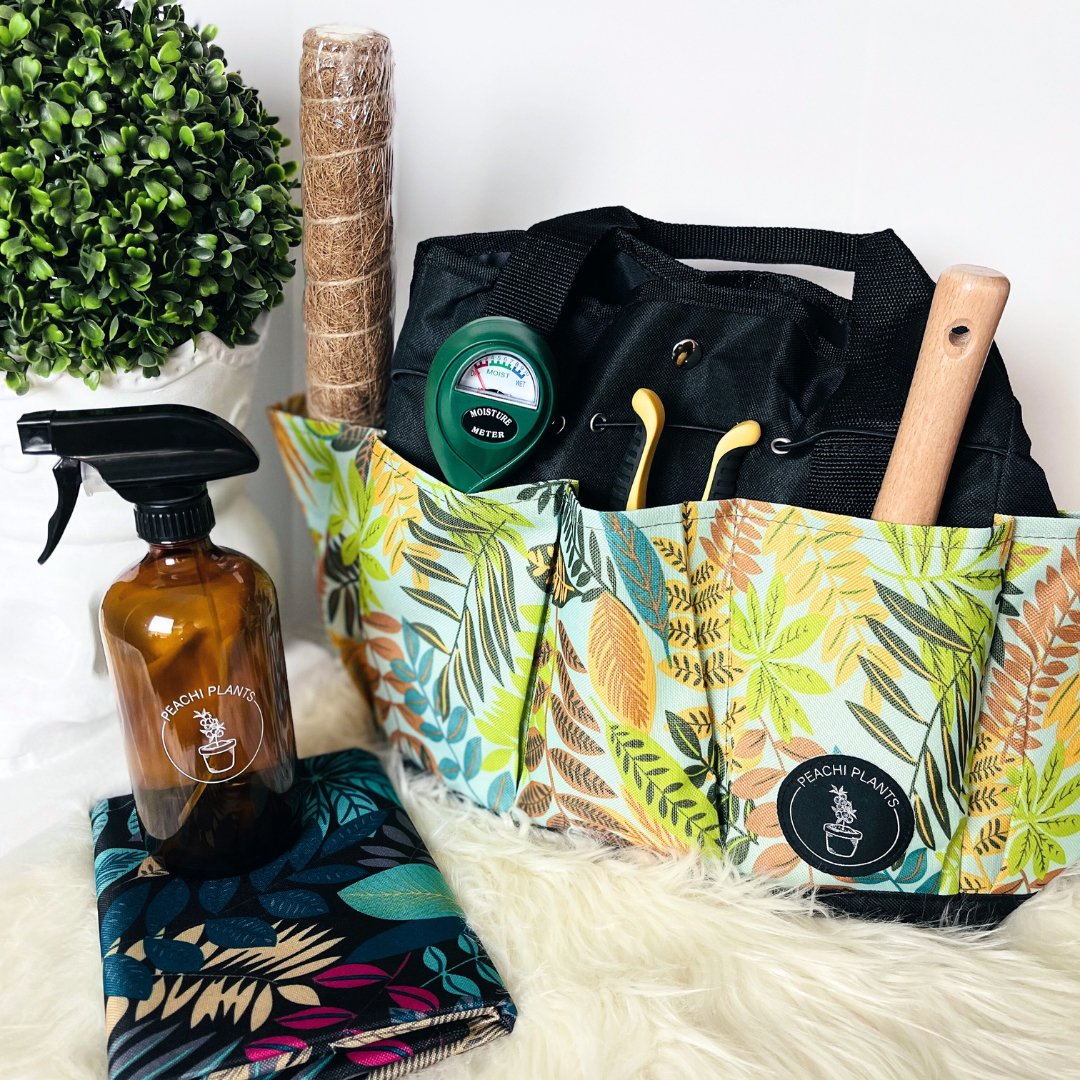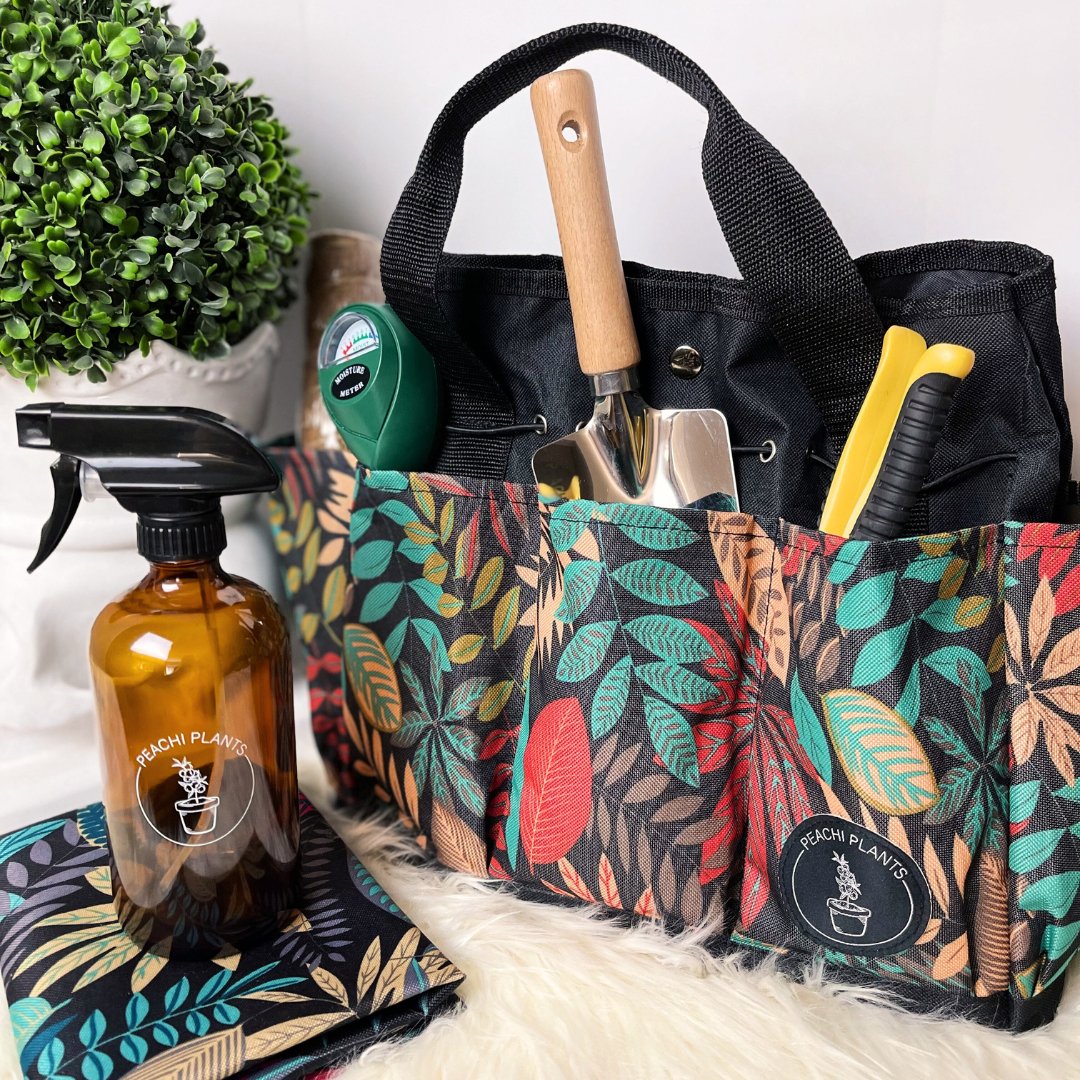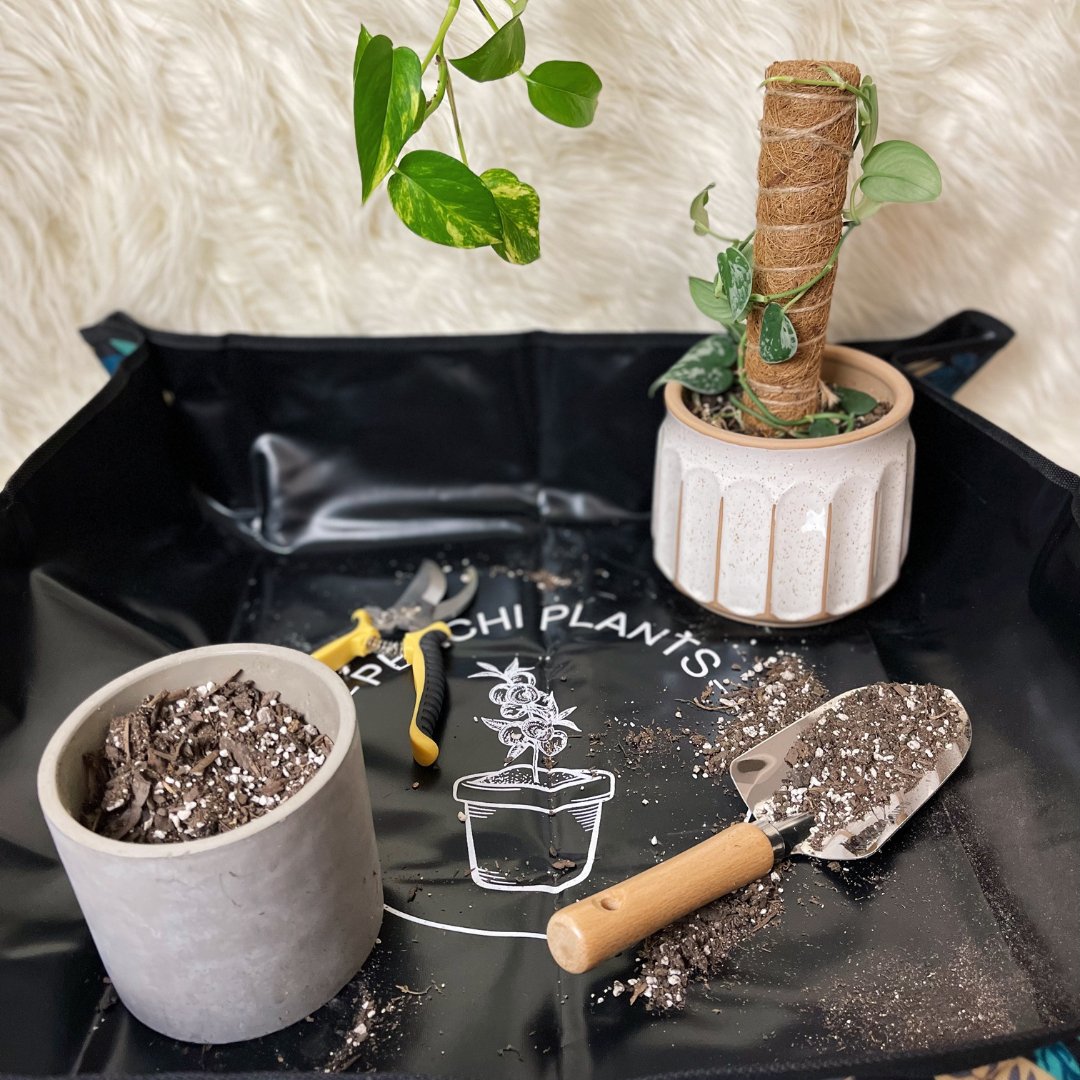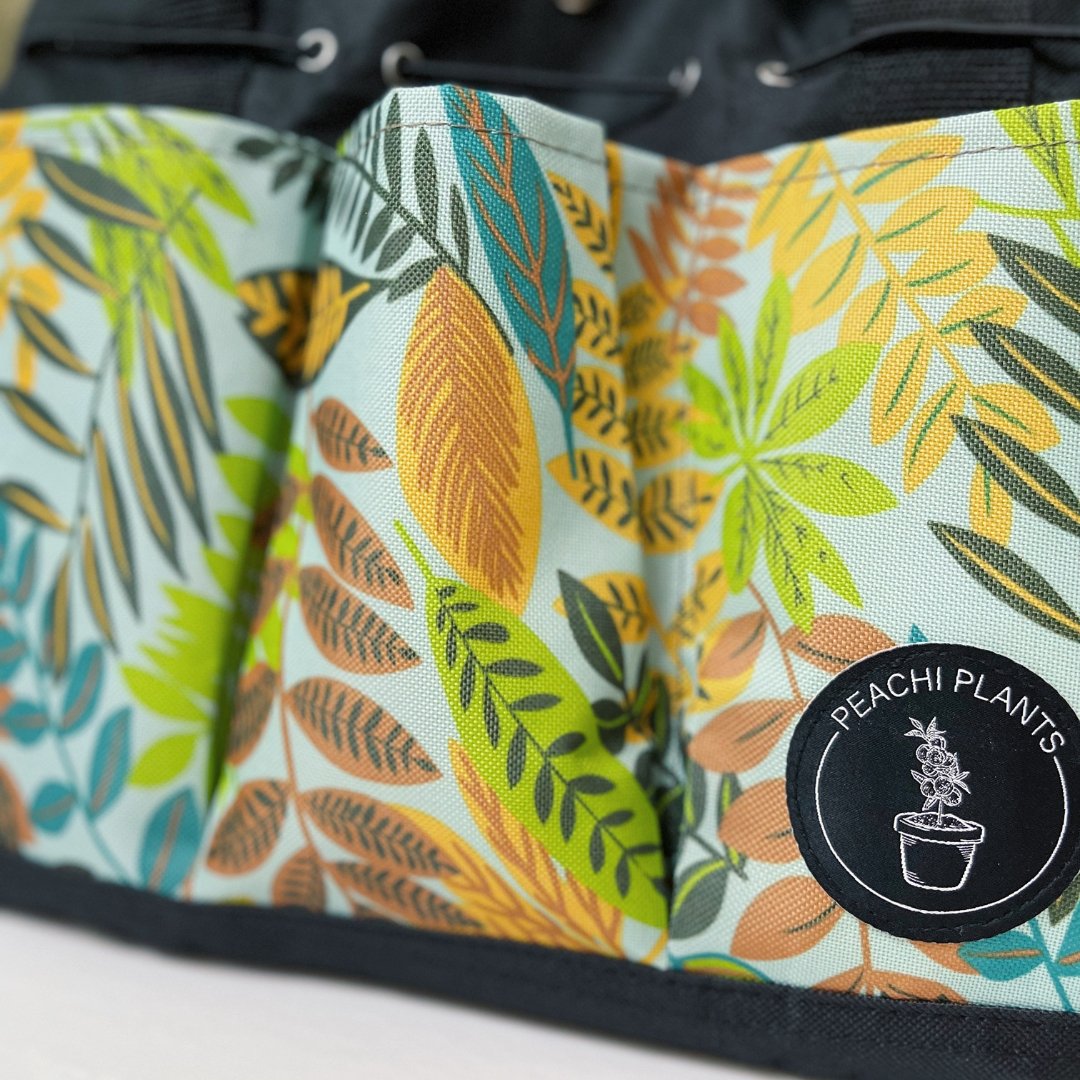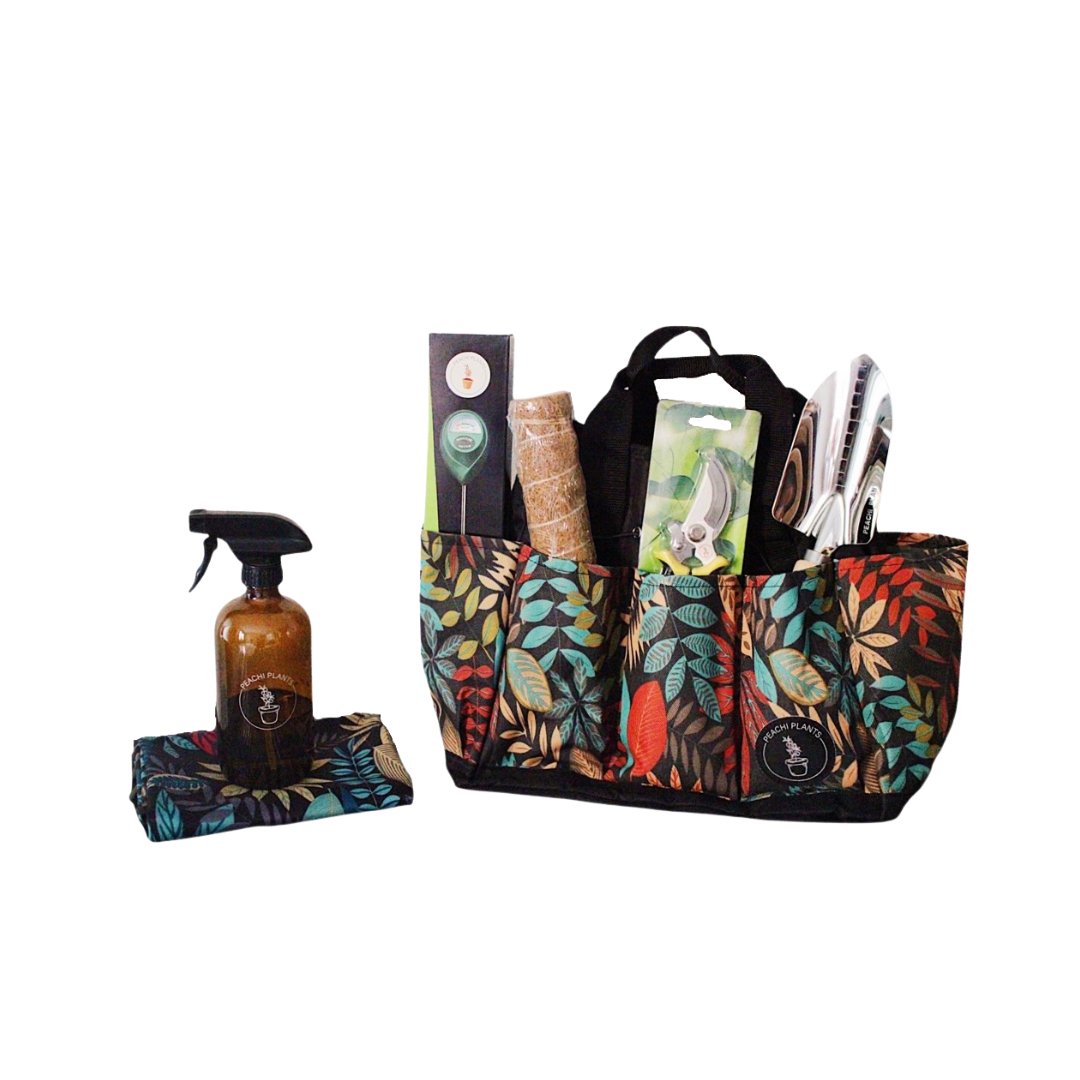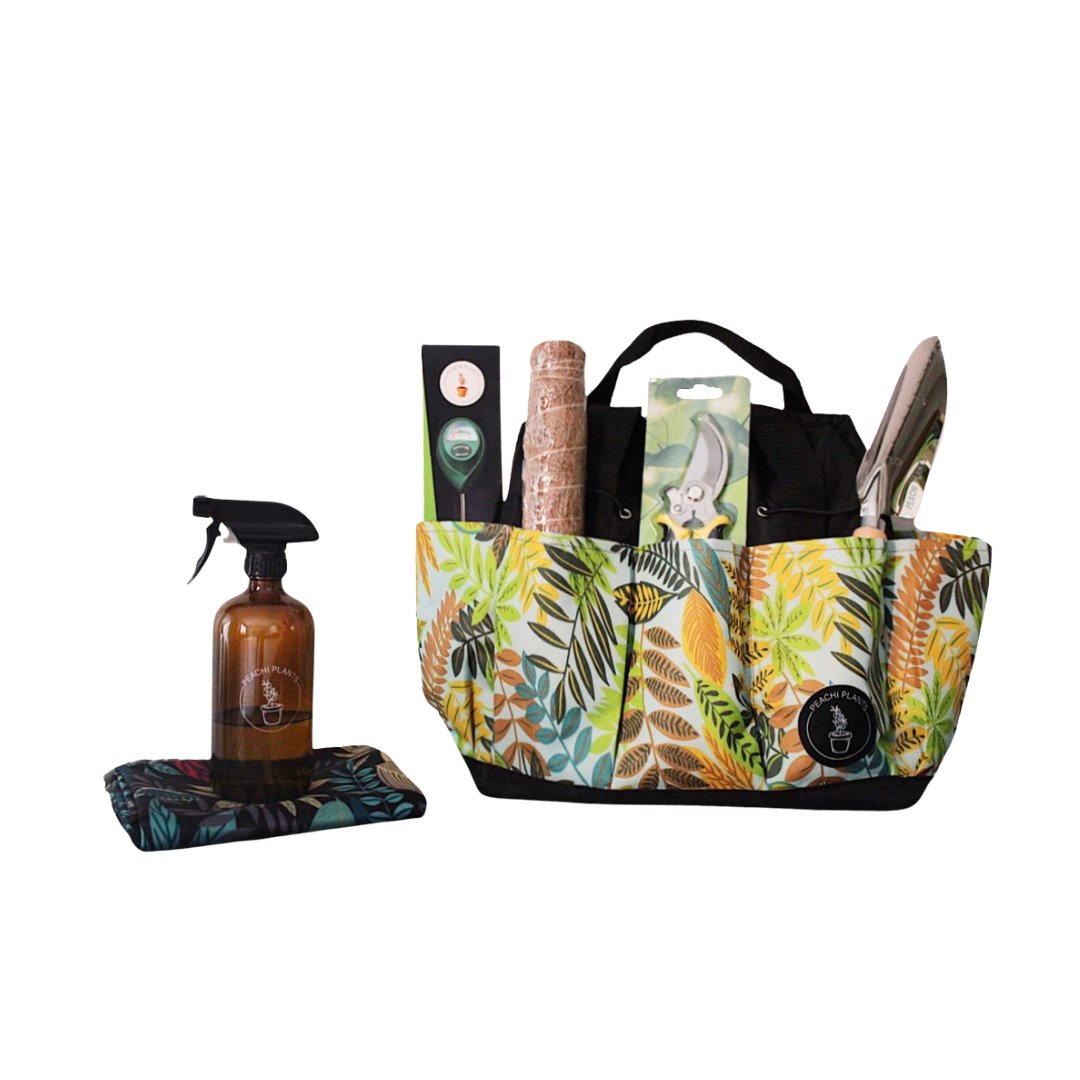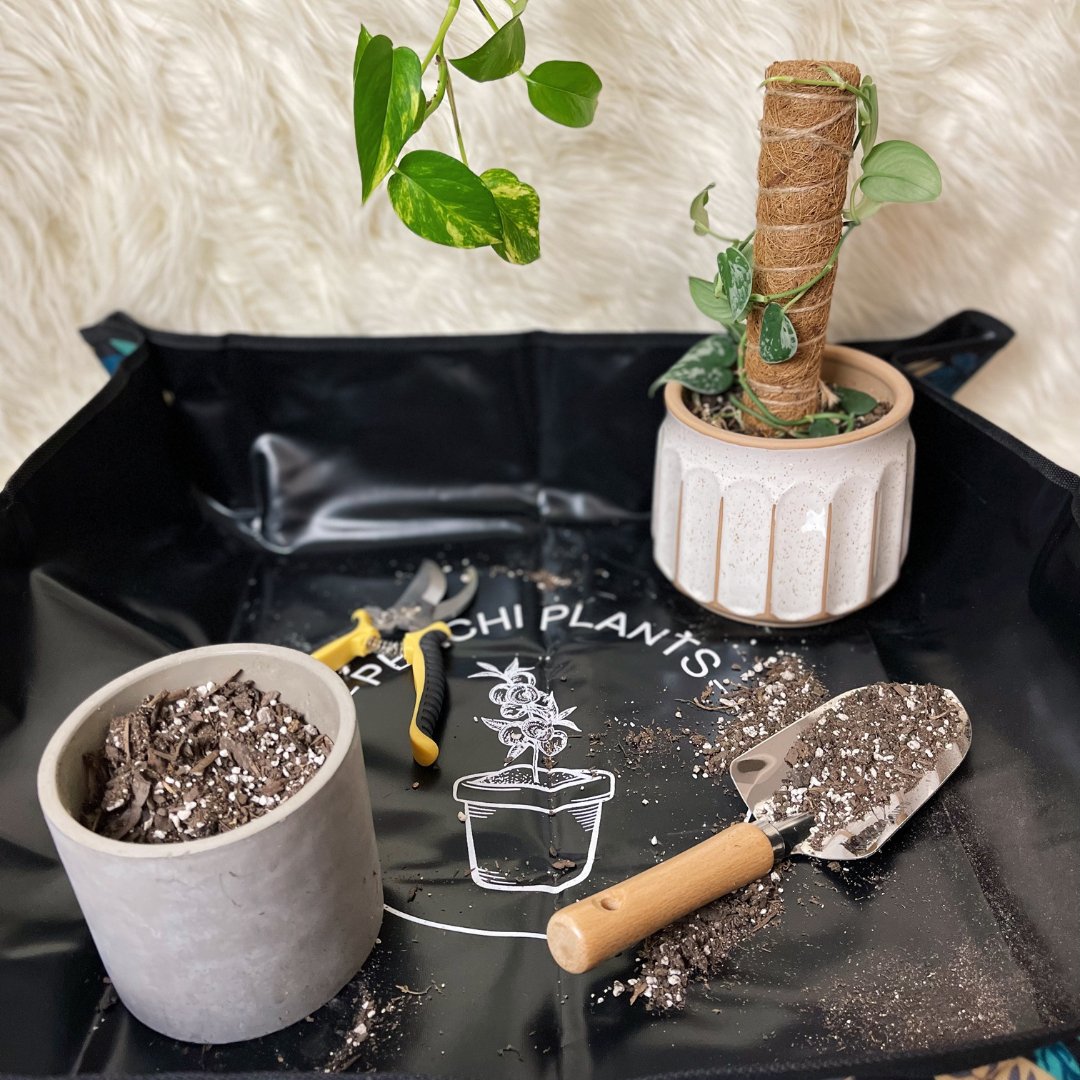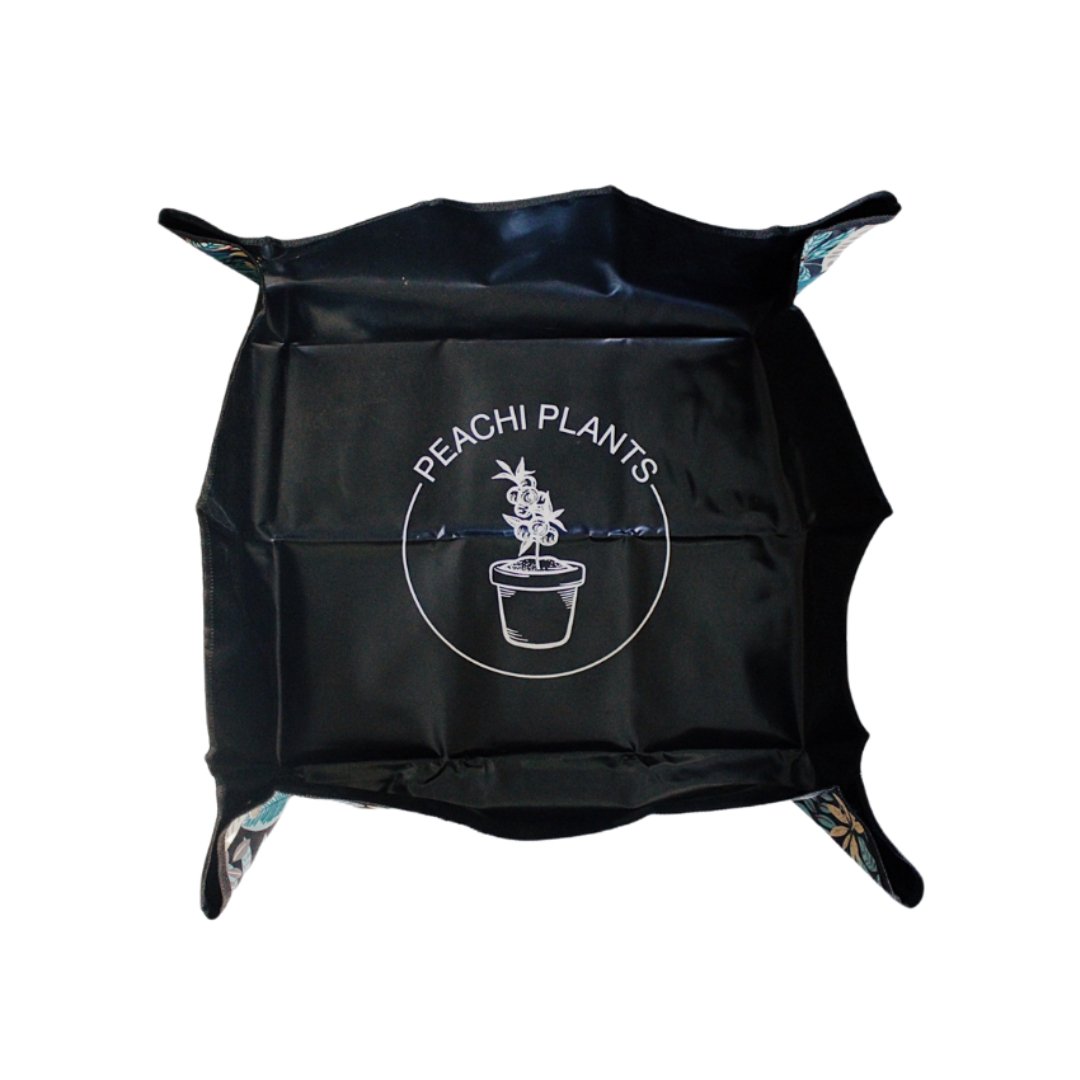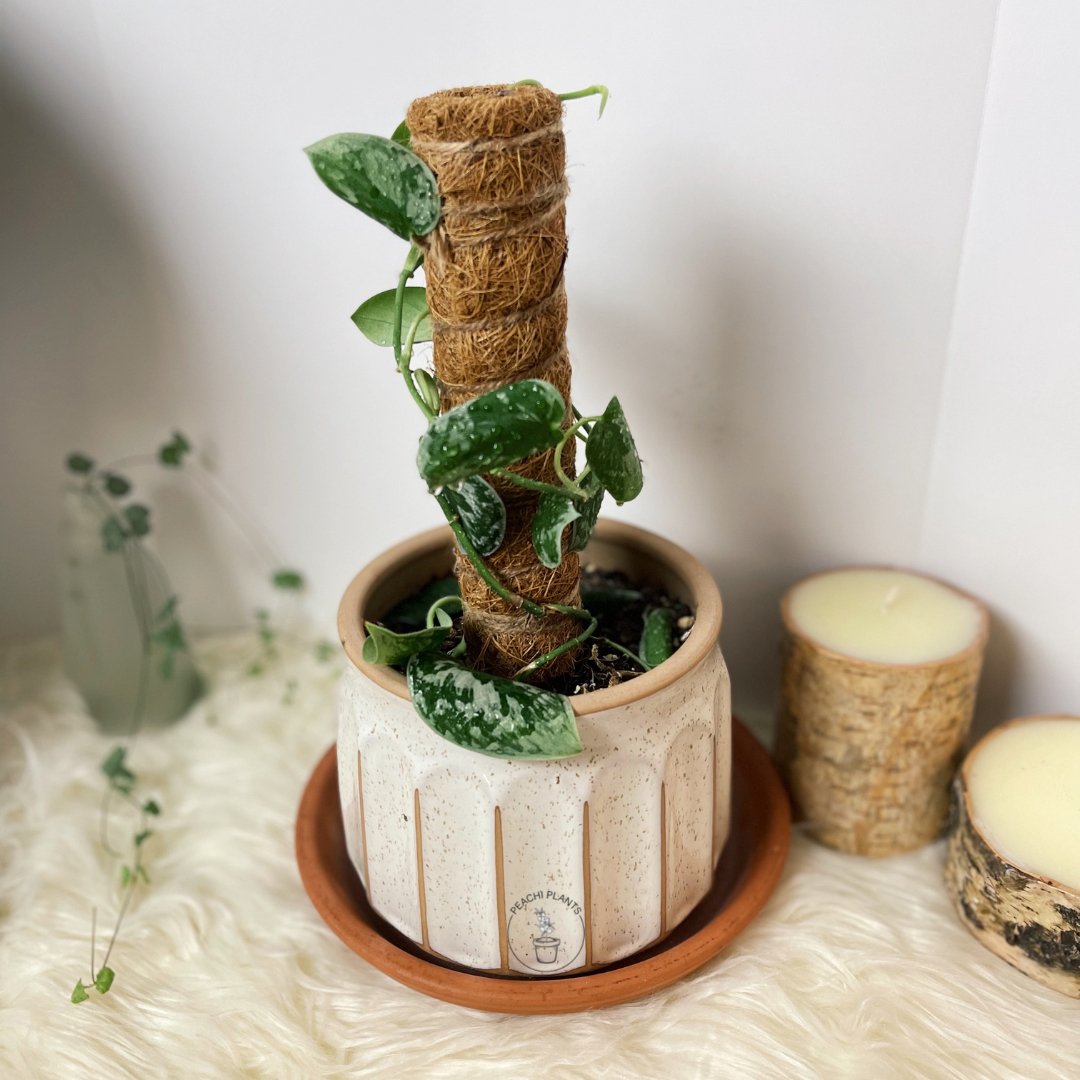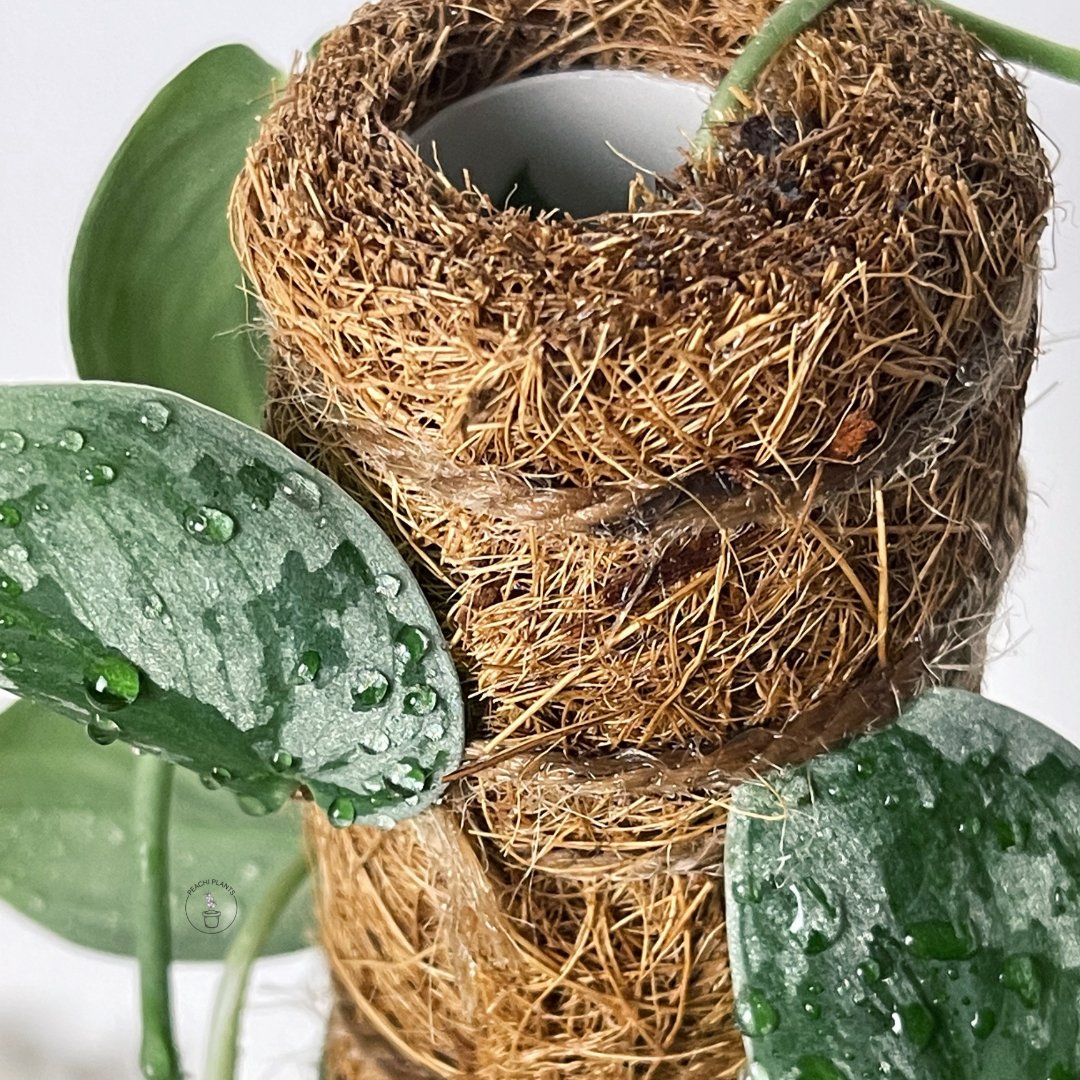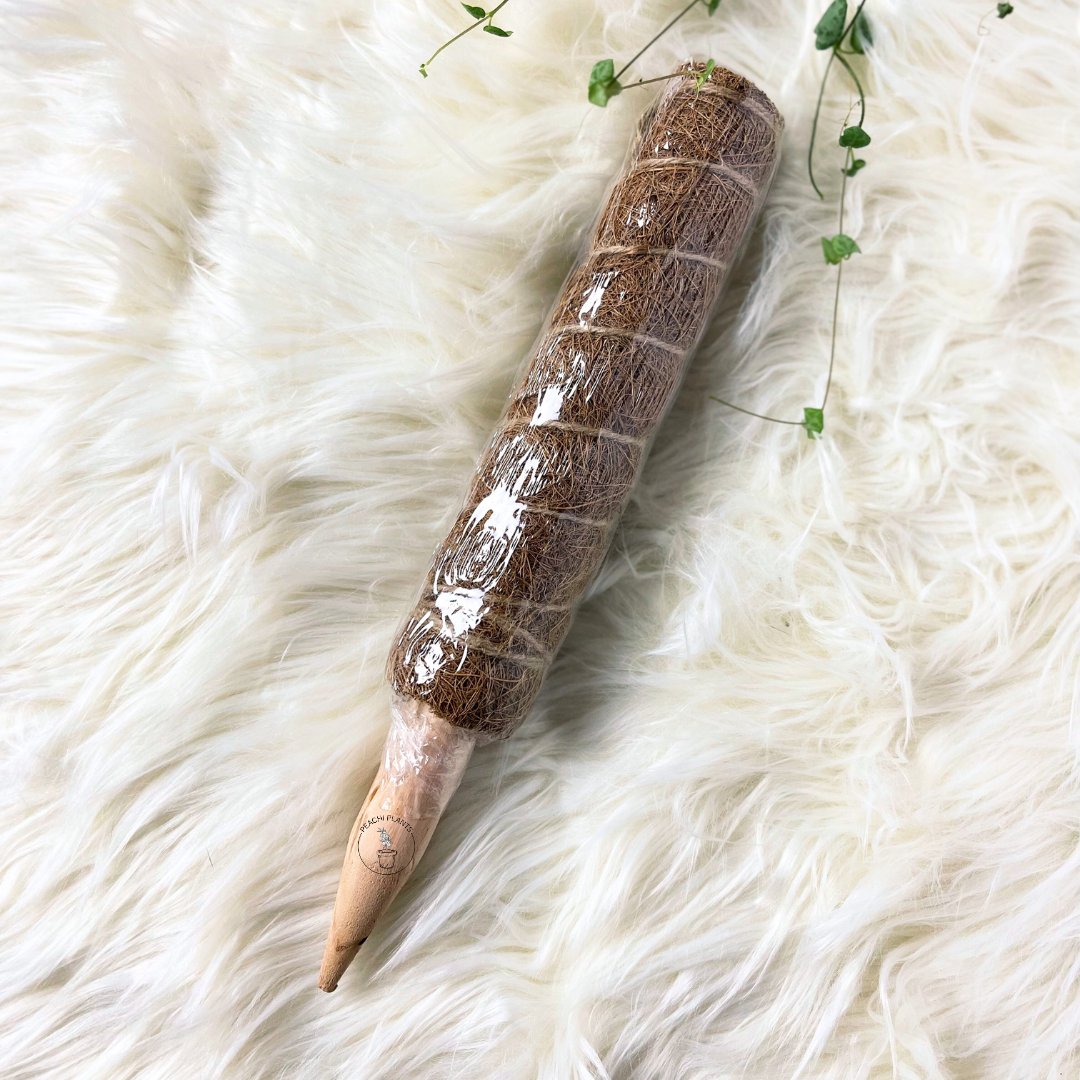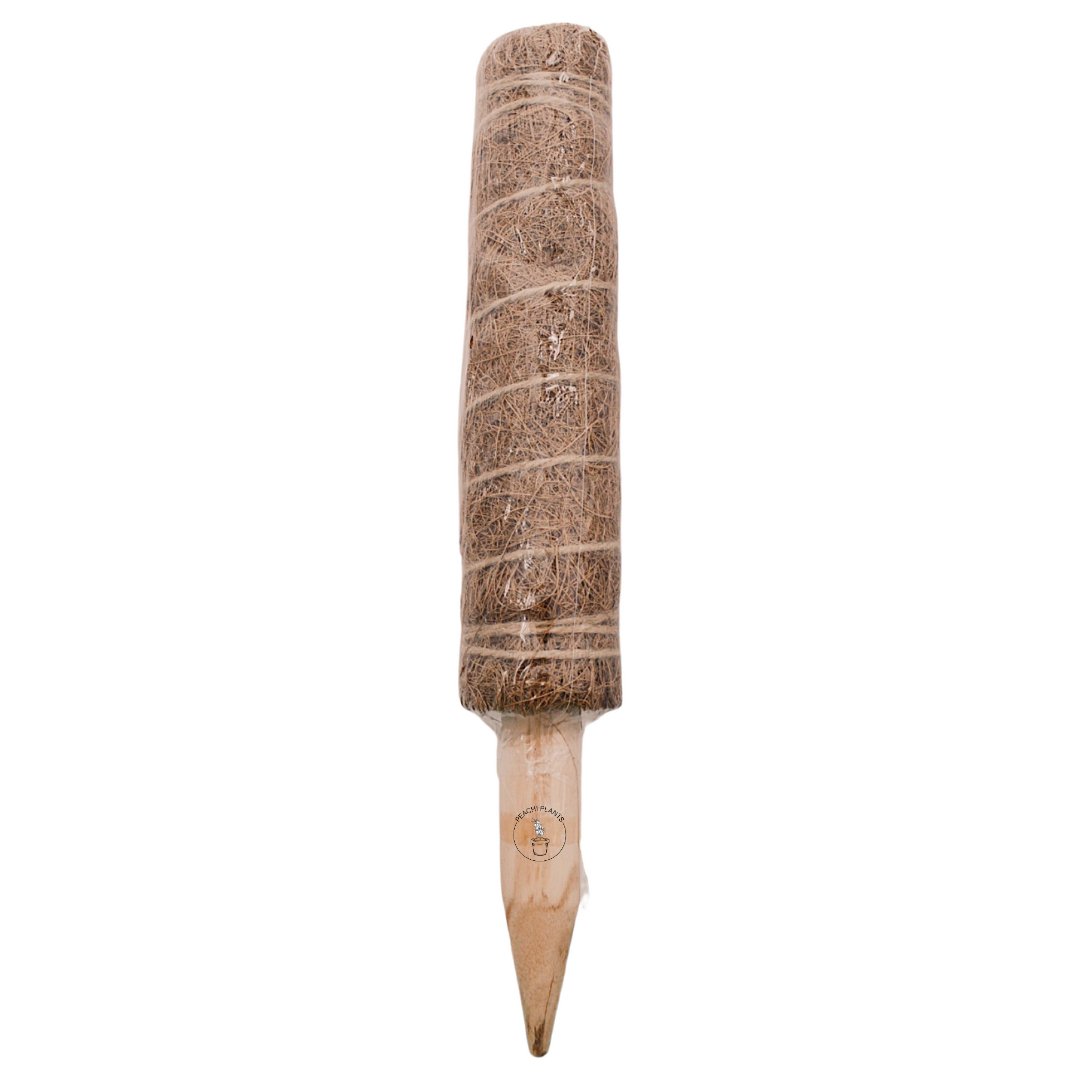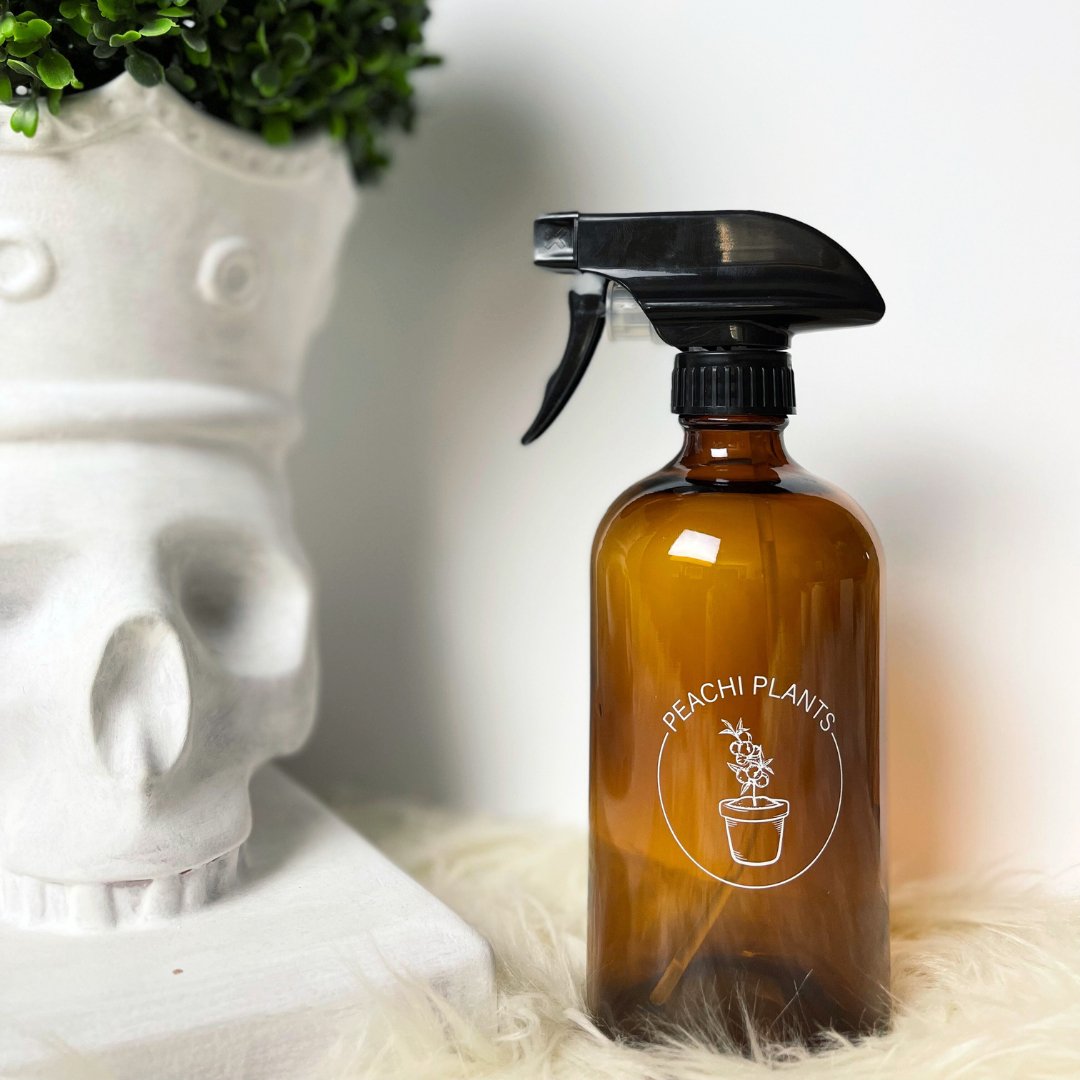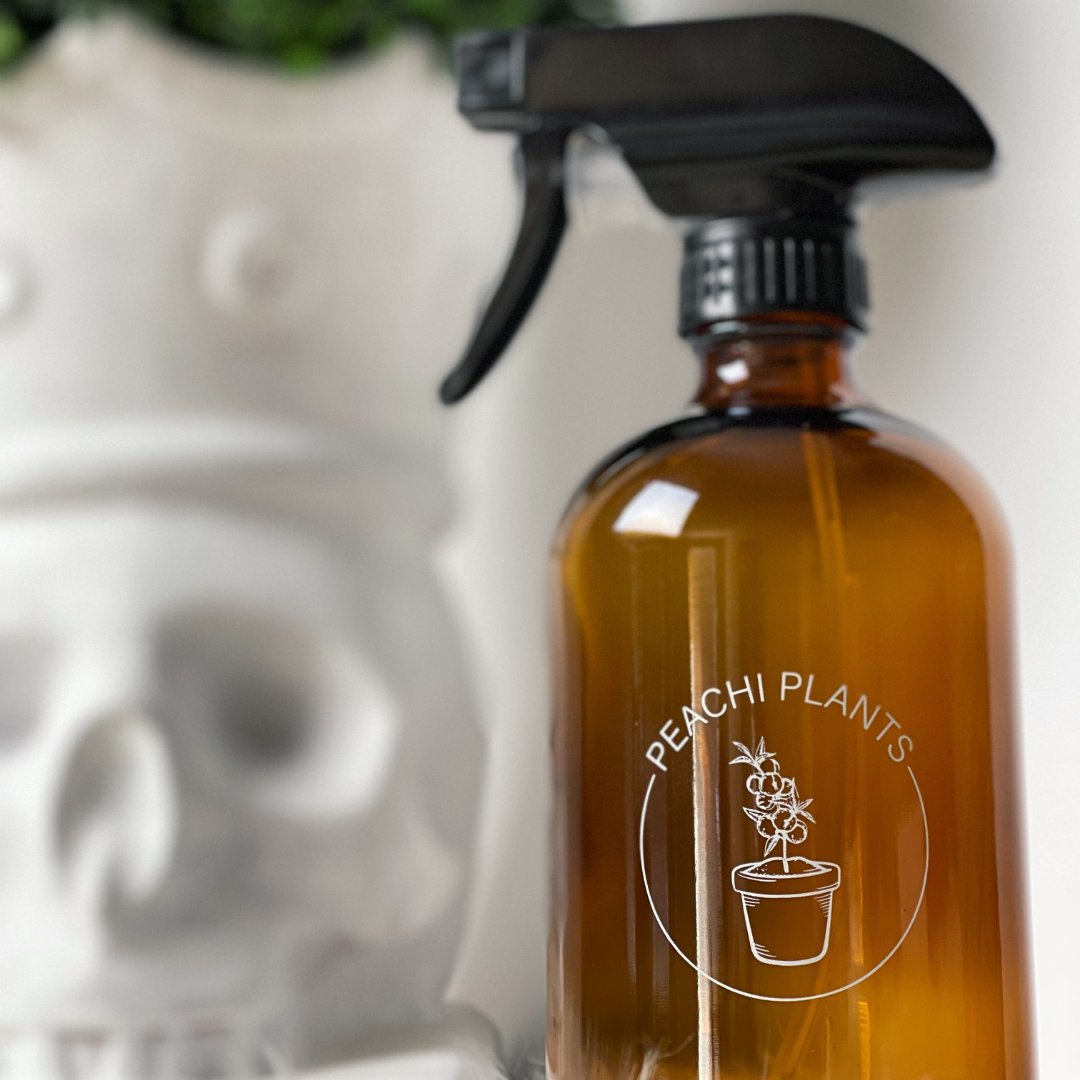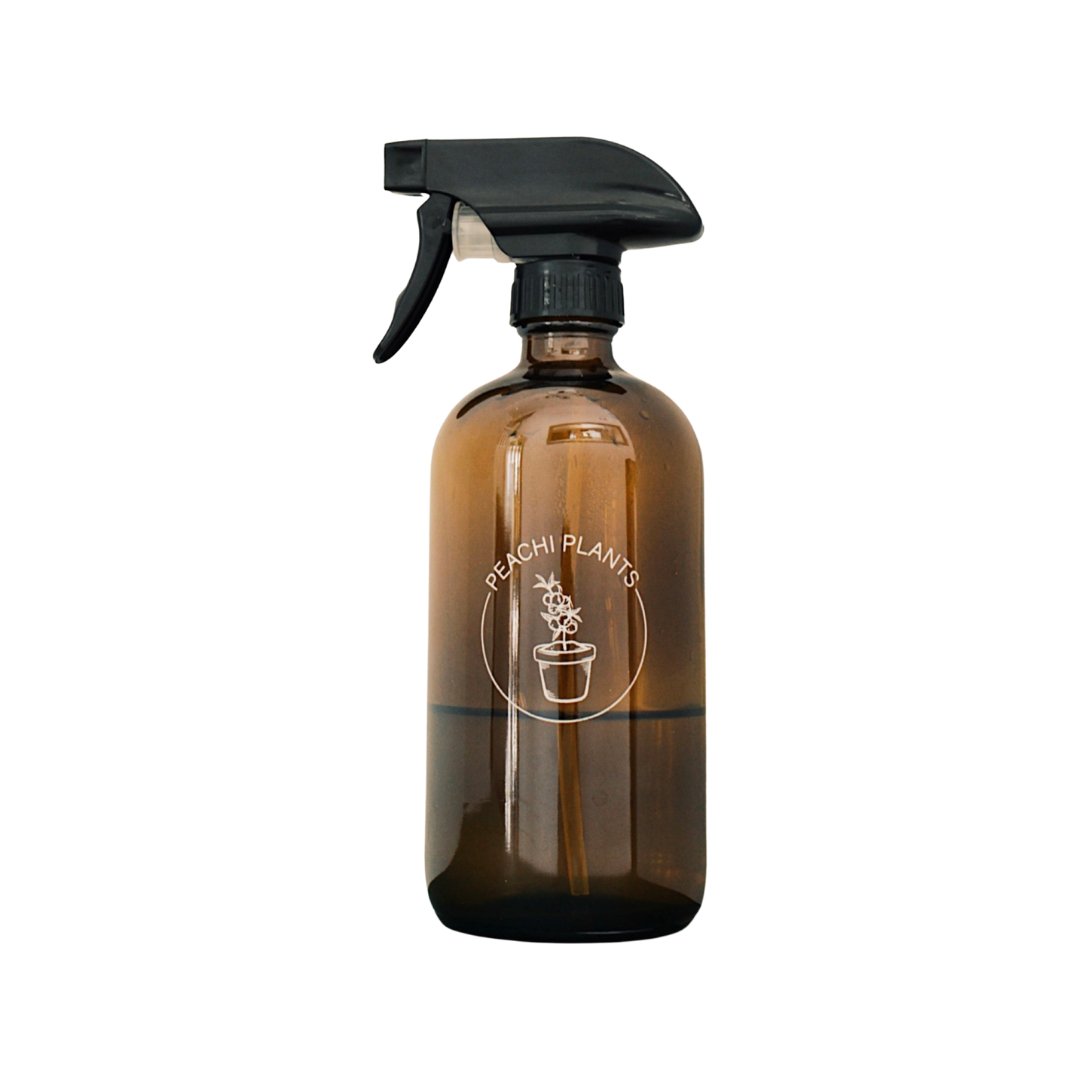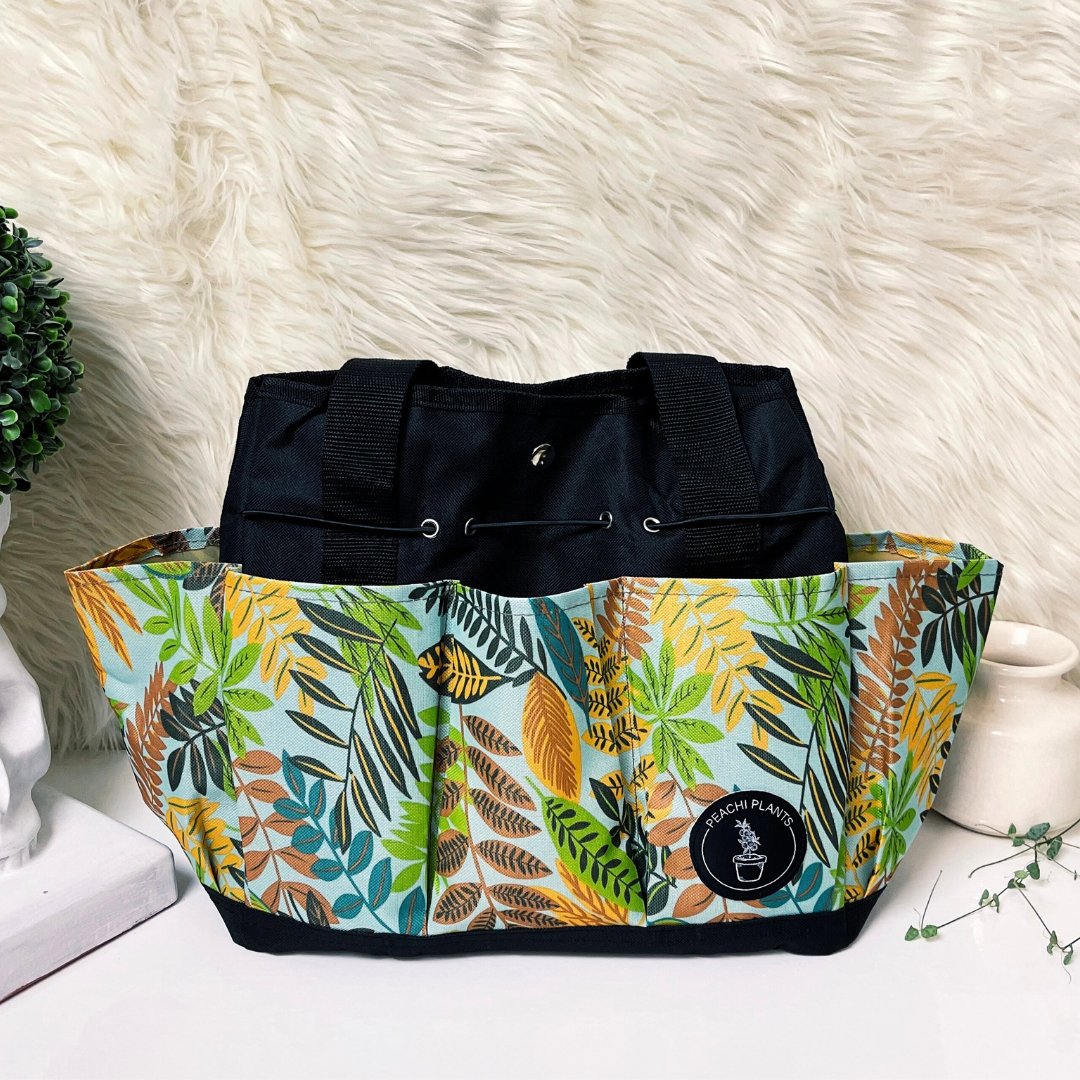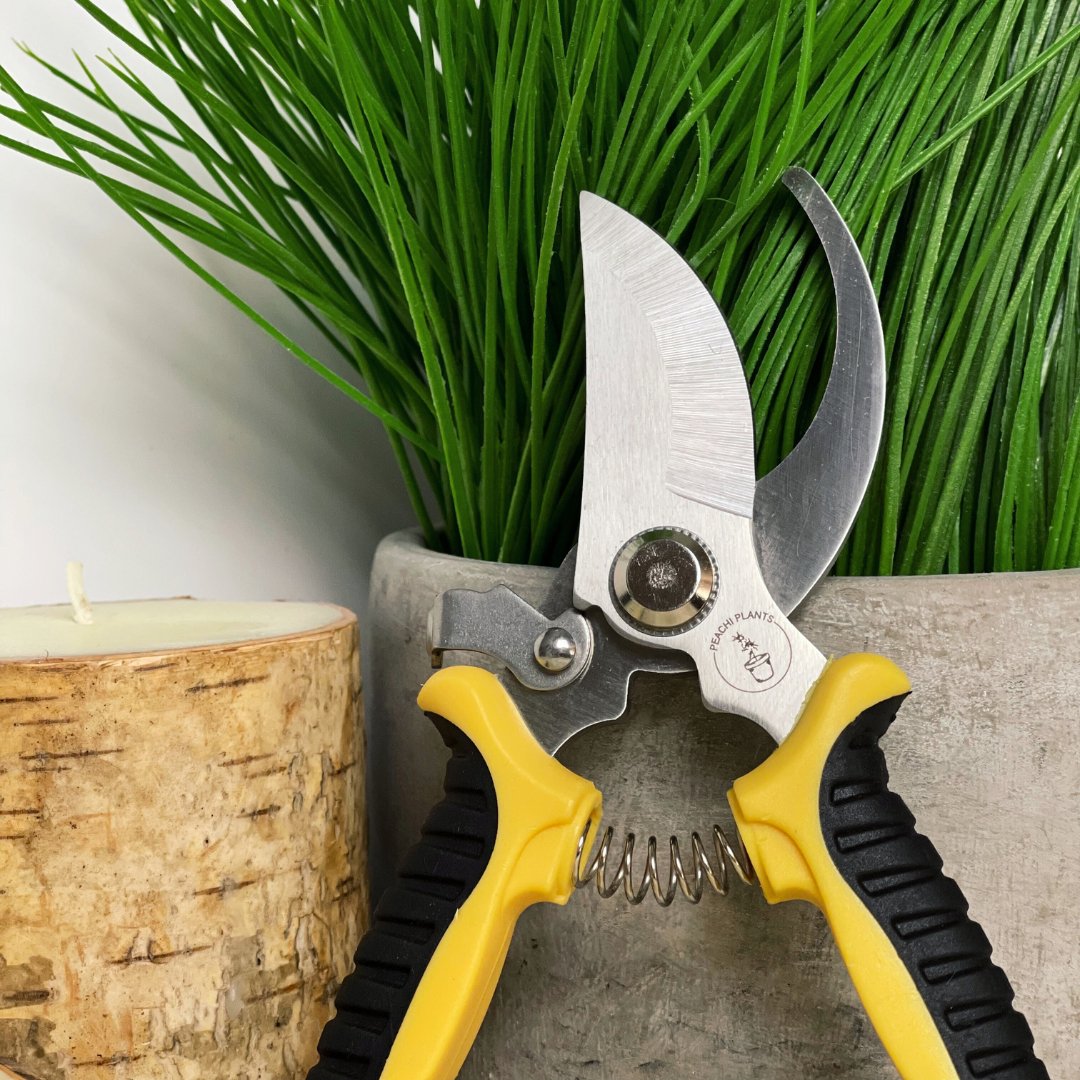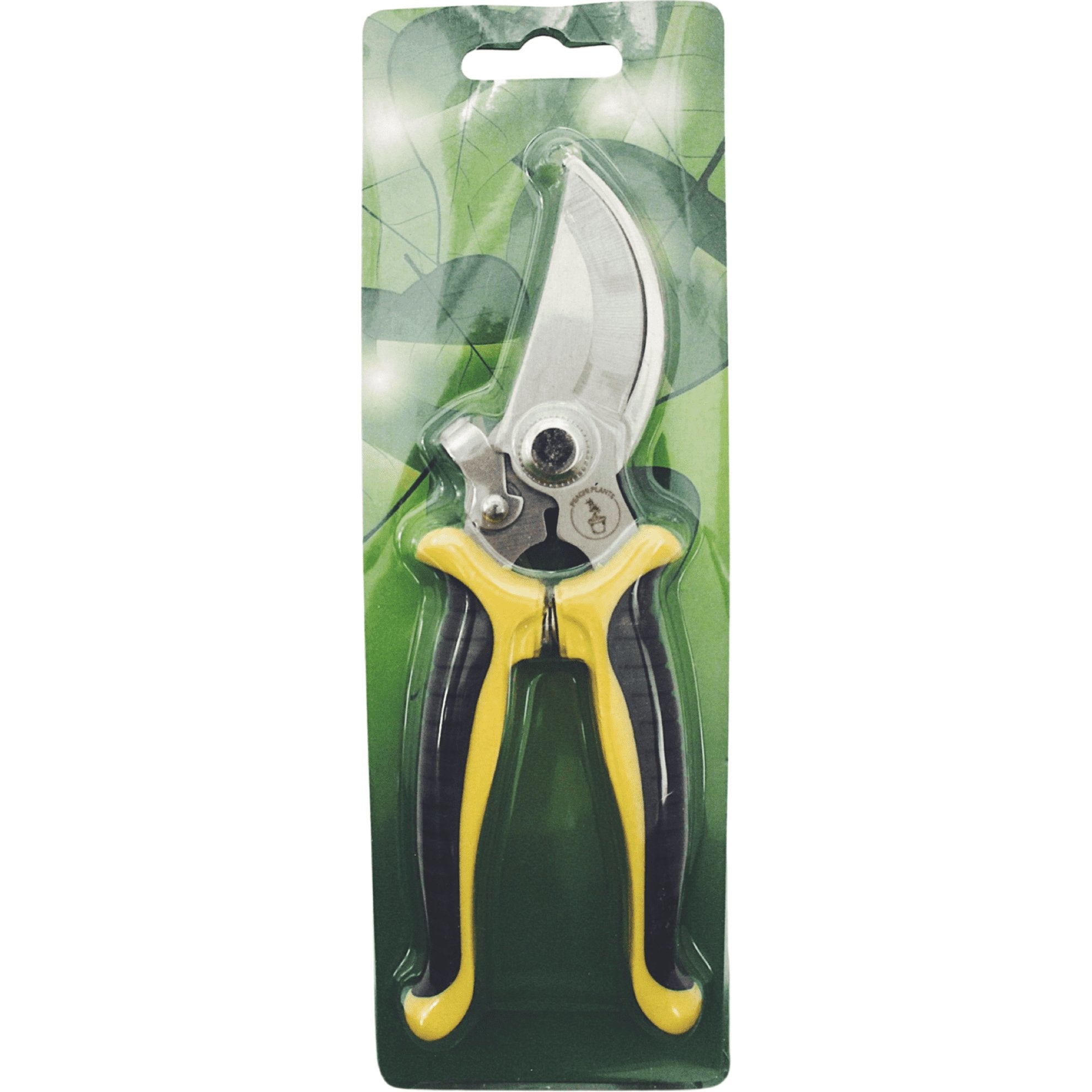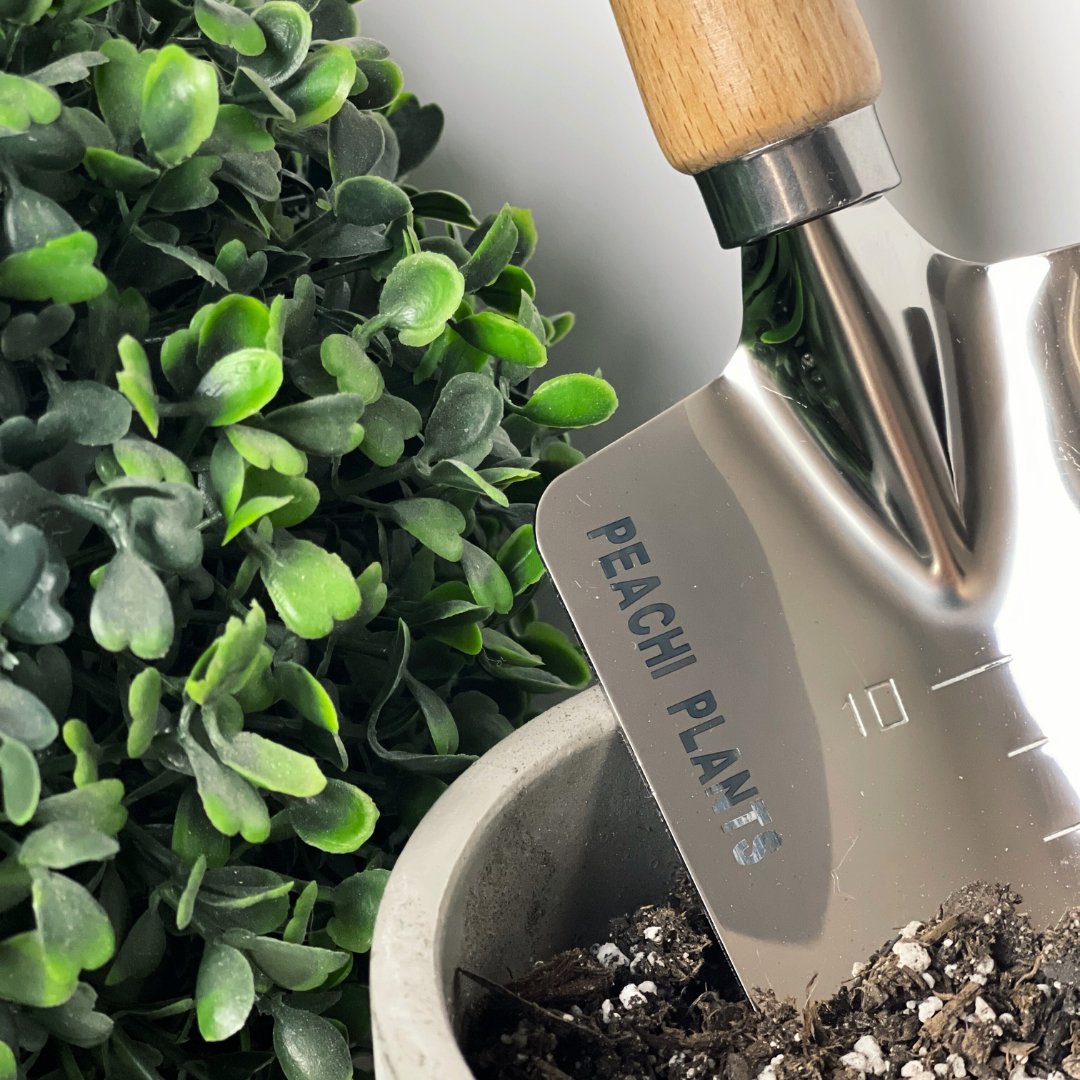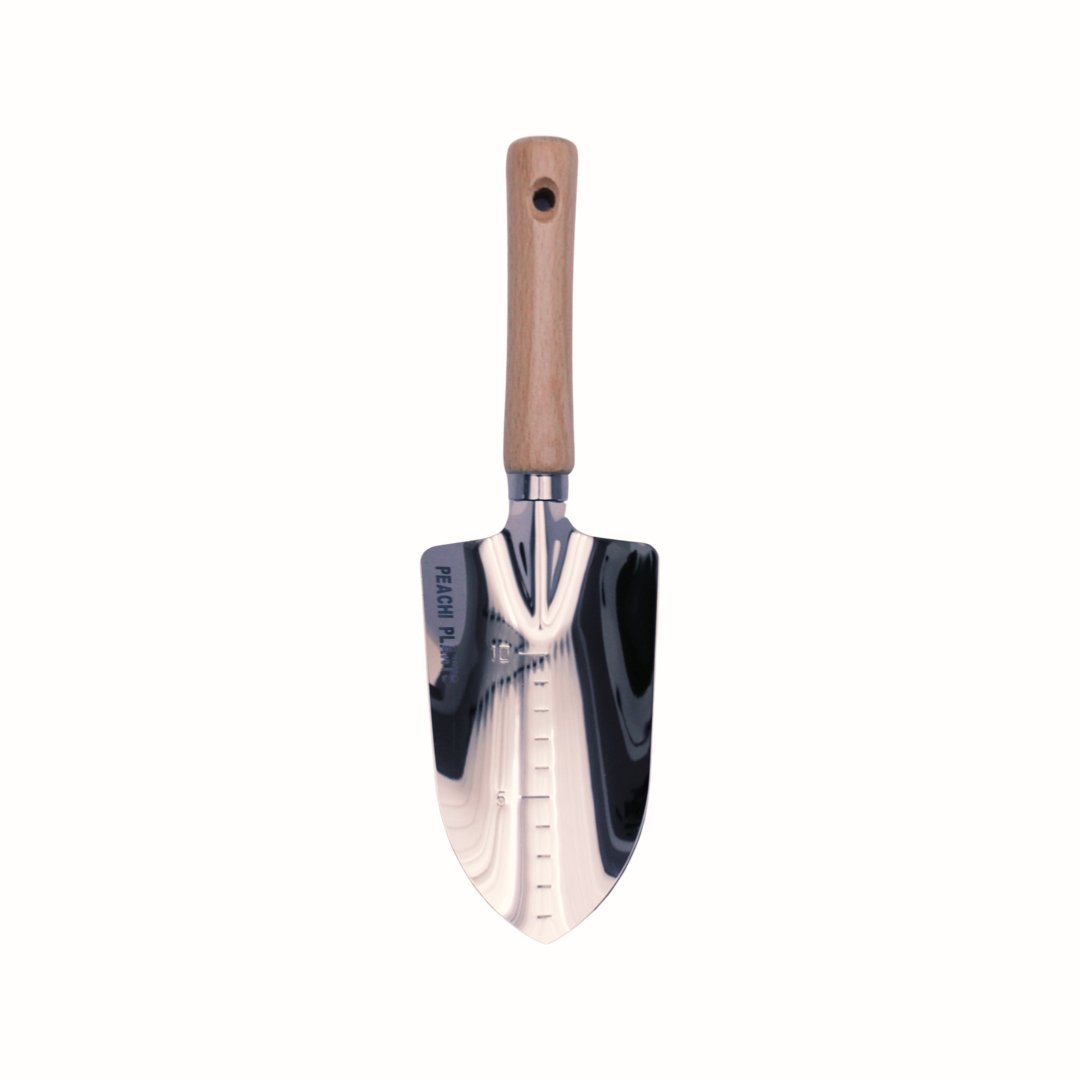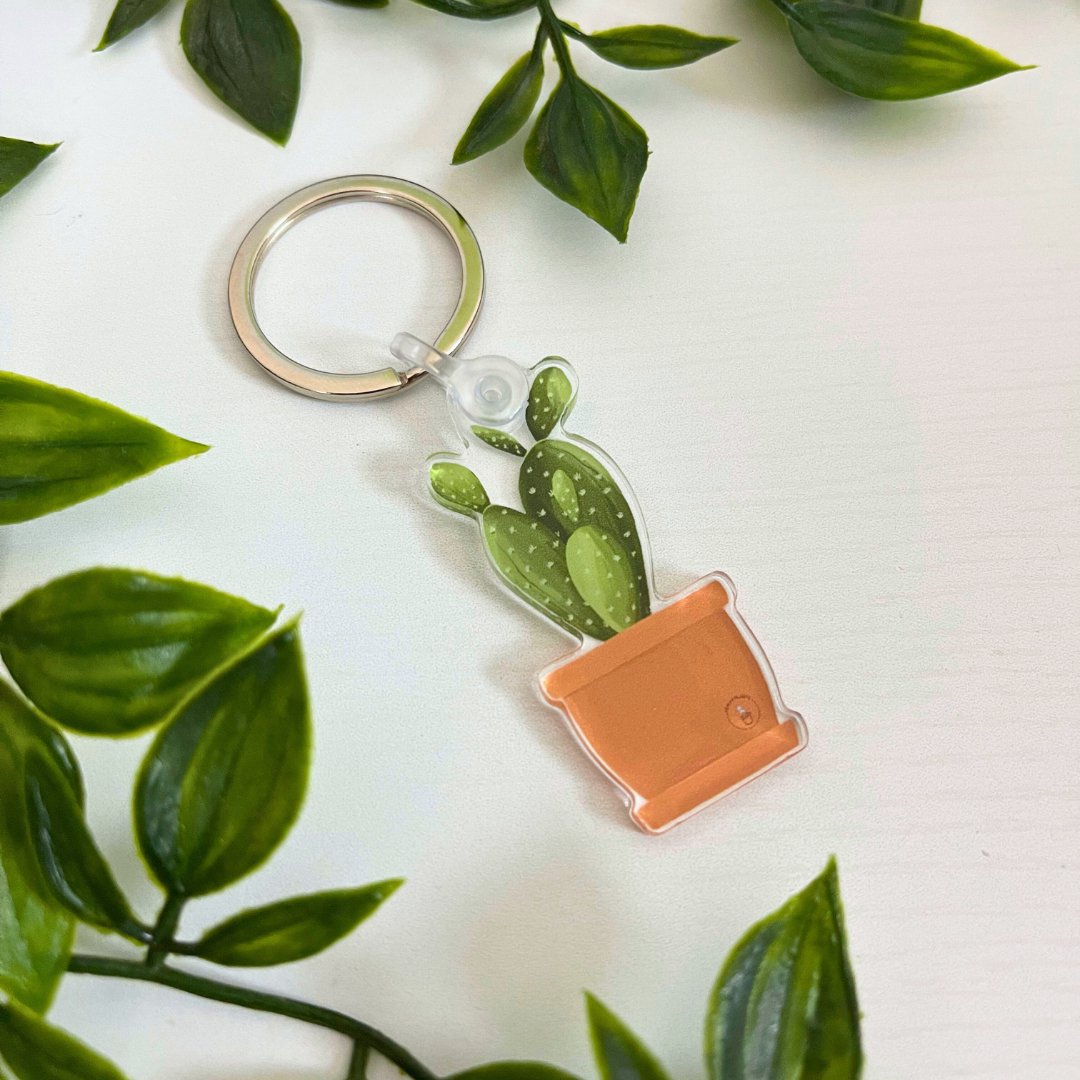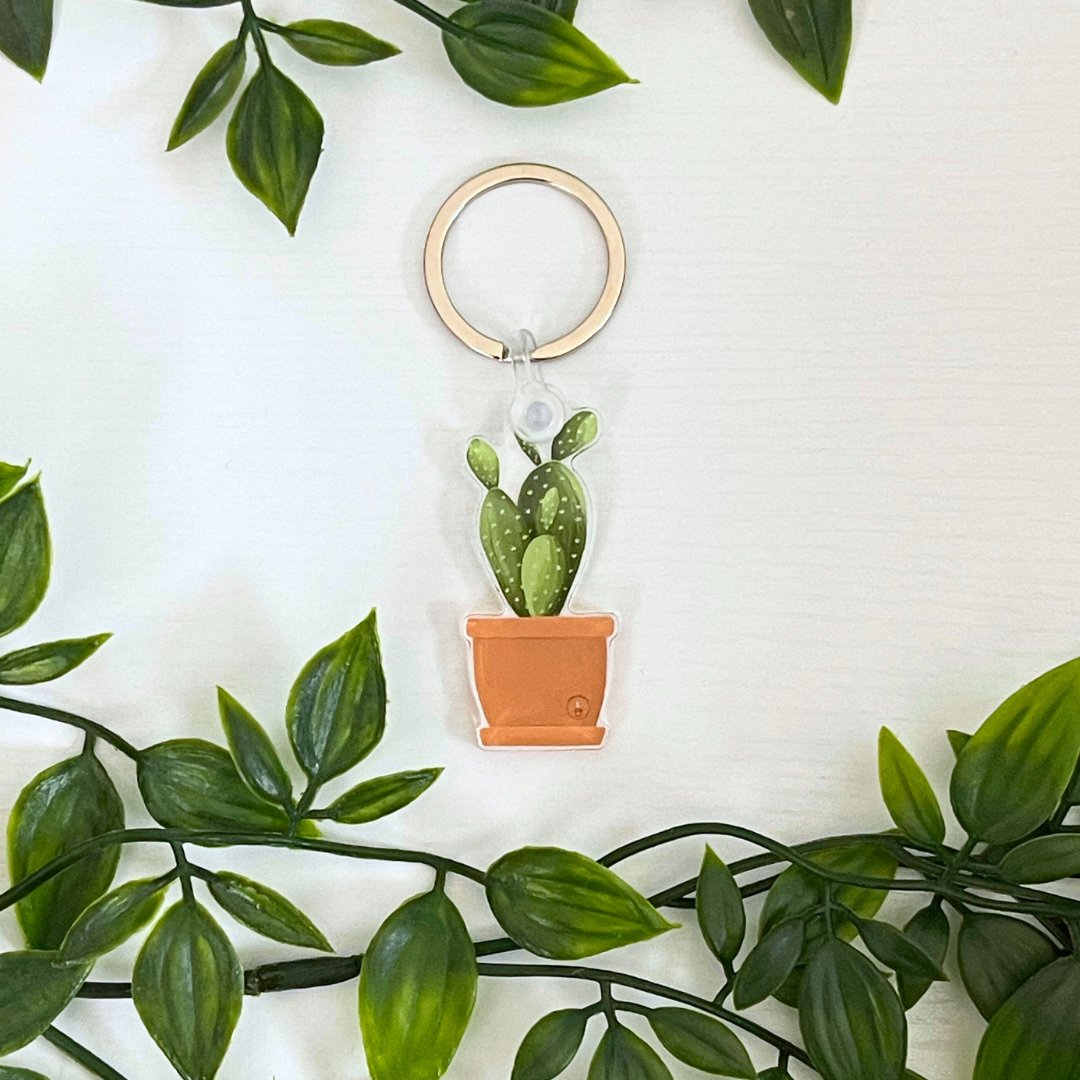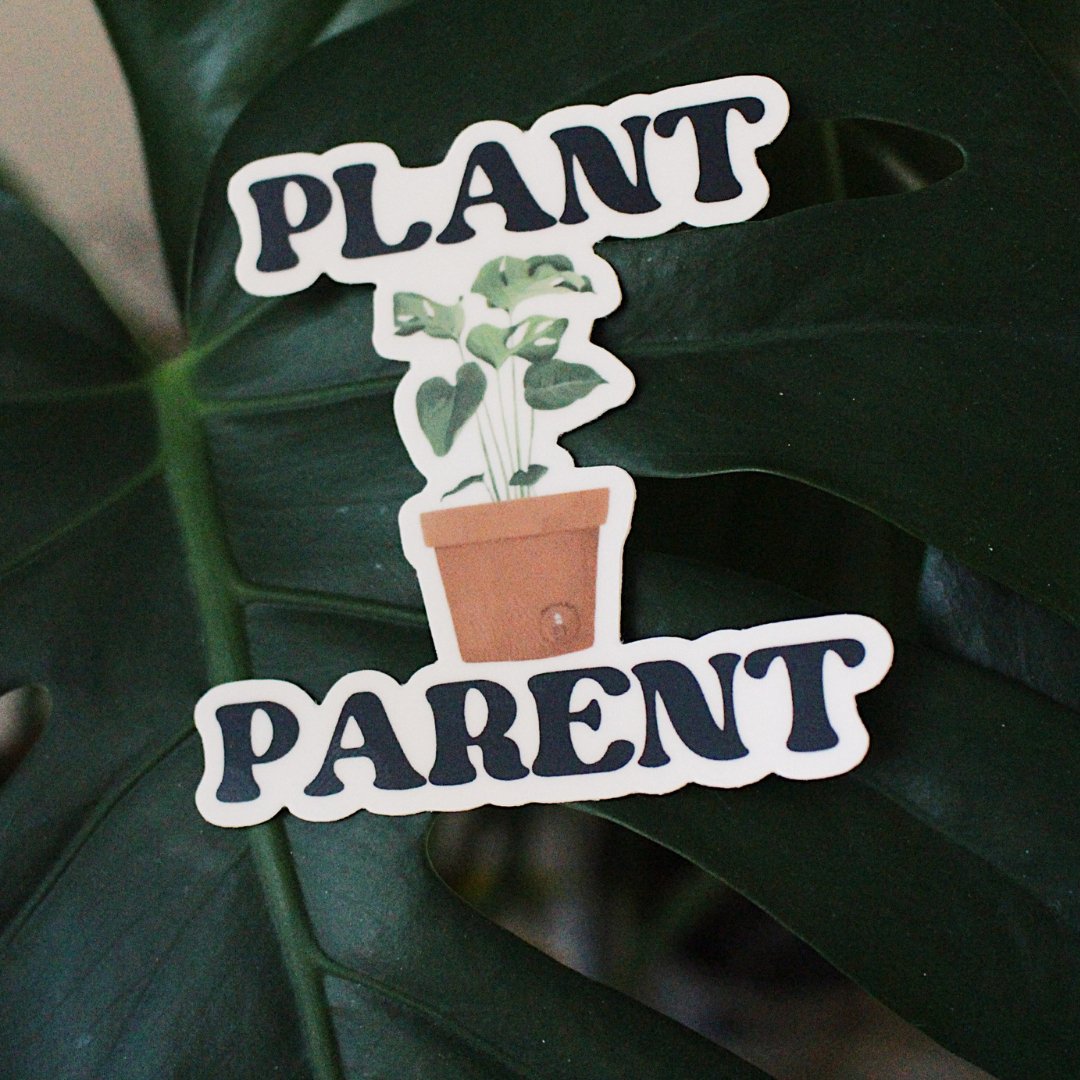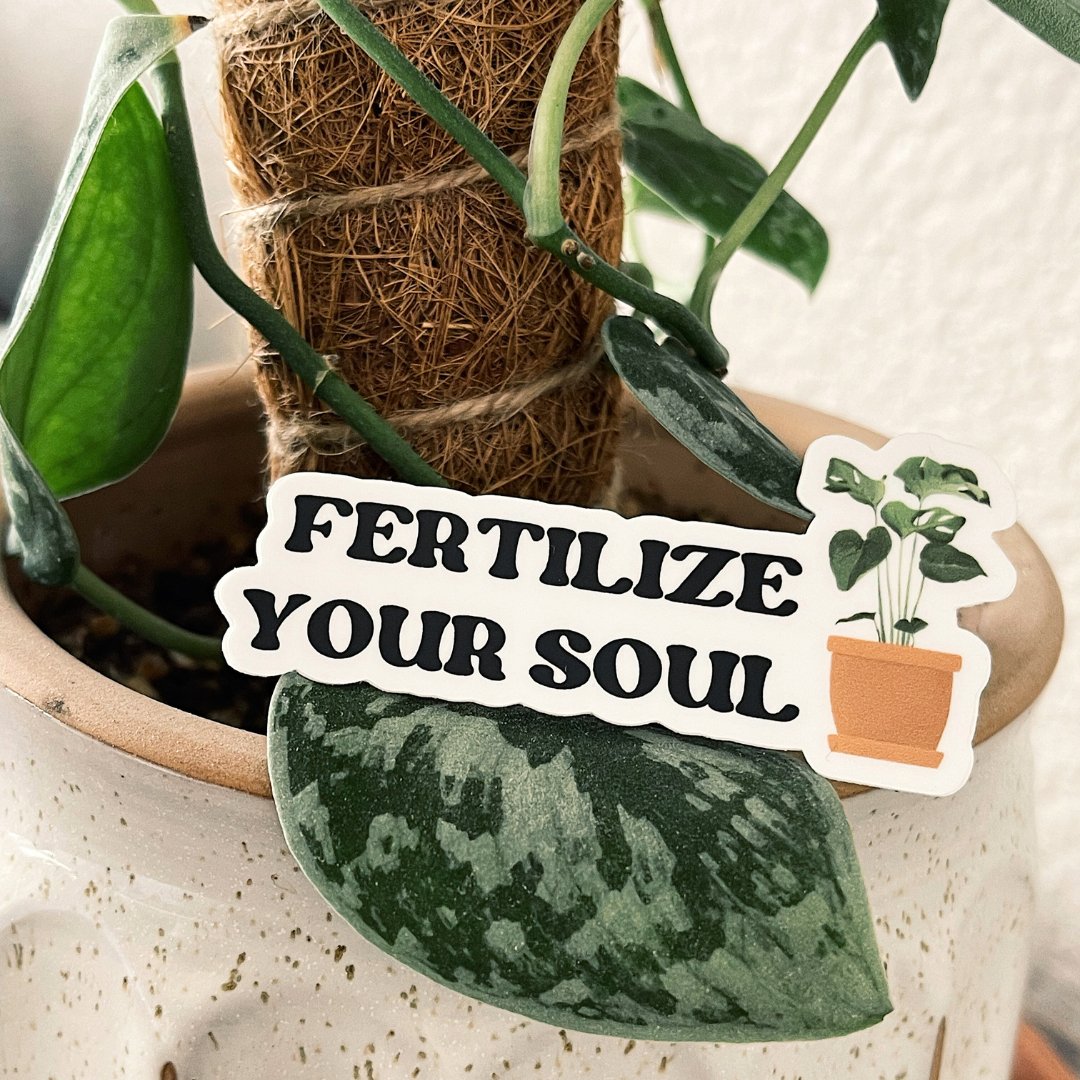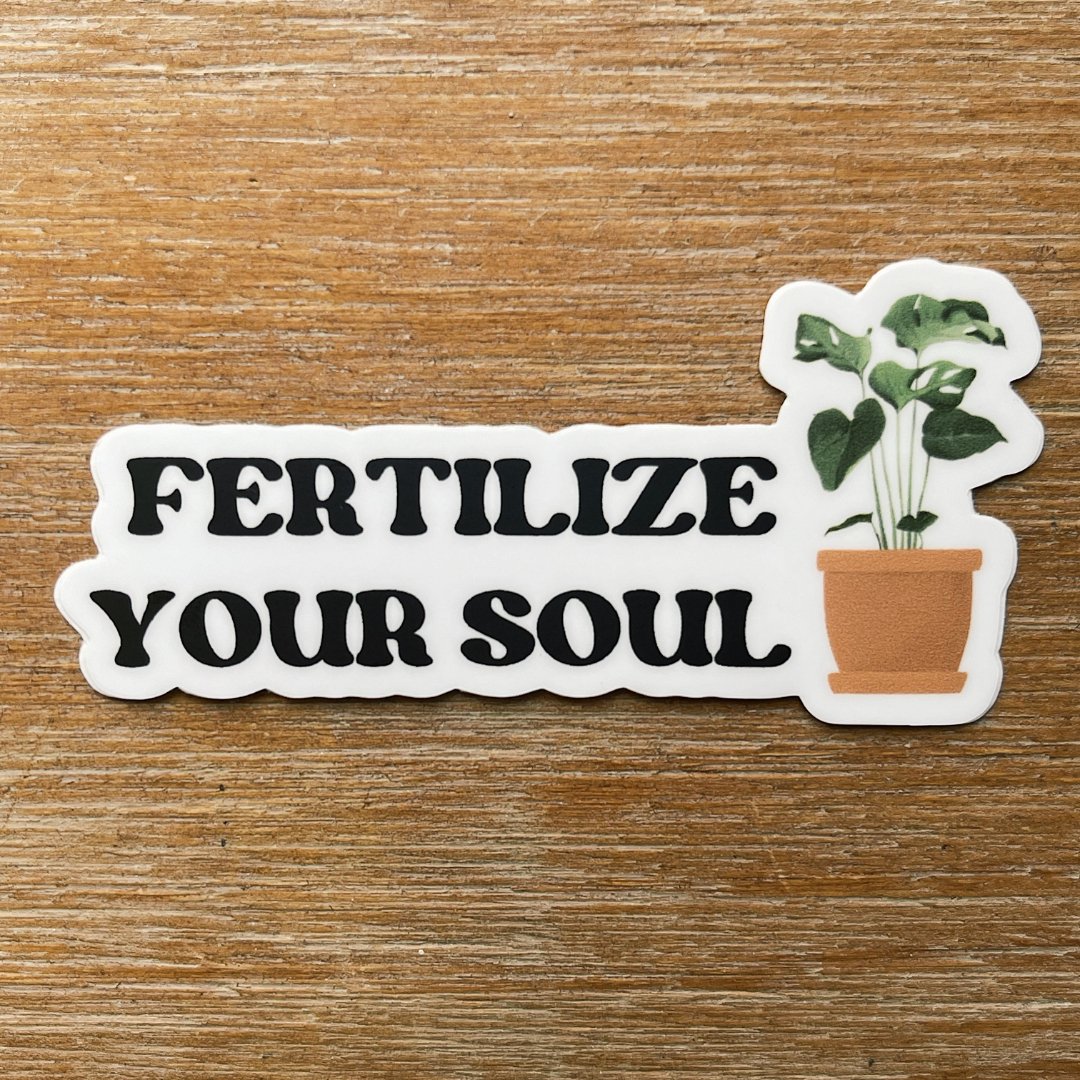Light
Watering
Temperature and Humidity
Fertilizing
Peace lilies also benefit from regular fertilization. A balanced, water-soluble fertilizer can be used every 4-6 weeks during the growing season (spring and summer). Be sure to follow the manufacturer's instructions for application.
Wondering why your peace lily isn't flowering? Here are some potential reasons why:
- Insufficient light: Peace lilies require bright indirect light to flower. If the plant is not receiving enough light, it may not produce flowers.
- Improper watering: Peace lilies prefer consistently moist soil, but overwatering can lead to root rot and prevent the plant from flowering. However, under-watering can cause the leaves to droop and prevent the plant from producing blooms.
- Nutrient deficiencies: Peace lilies require regular fertilization to thrive, and a lack of essential nutrients like nitrogen, phosphorus, and potassium can prevent the plant from flowering.
- Temperature fluctuations: Peace lilies are sensitive to temperature changes, and extreme heat or cold can cause stress that prevents flowering.
- Pests or disease: Insects like spider mites or fungal diseases can damage a peace lily and prevent it from flowering. These pests can be controlled with a gentle insecticidal soap or neem oil.
- Age of the plant: Peace lilies typically flower once per year, and younger plants may take longer to reach maturity and produce blooms.
- Lack of humidity: Peace lilies prefer high humidity, and dry air can prevent the plant from flowering.
- Repotting stress: If a peace lily is recently repotted, it may take some time for the plant to adjust to its new environment and resume flowering.
Don't be afraid to give your peace lily a little extra care and attention. Trim off any brown or yellow leaves, and be sure to deadhead the flowers as they fade to encourage new blooms. With proper care, your peace lily will not only look beautiful, but will also help to purify the air in your home.
Shop Houseplants & Accessories here


